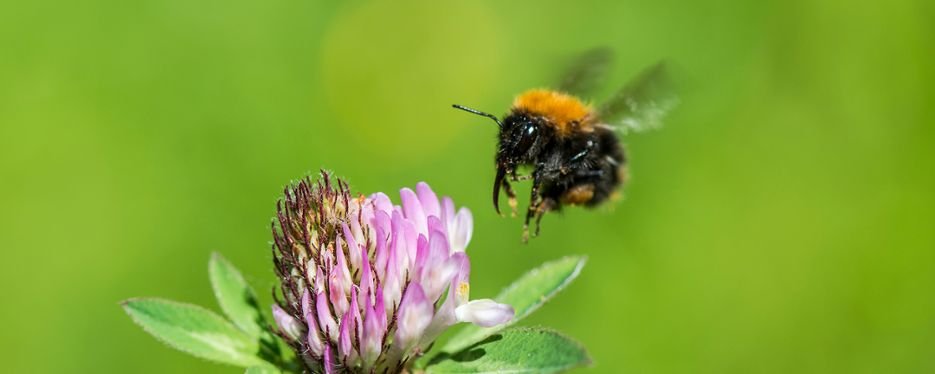Climate change will affect biodiversity and ecosystems both directly, in the form of higher temperatures, changes in precipitation and rising sea levels, and indirectly, in the form of changes to land use.
Climate zones move northwards, but many species are left behind
As the climate becomes warmer, climate zones, vegetation zones and certain animal species will move northwards. Although Scandinavia’s flora and fauna will be enriched by the introduction of certain southern species, few species will be able to move their distribution areas northwards at the same rapid pace as the increase in warming. There will be few opportunities for vegetation to keep pace with the northward shift of climate zones, both now and in the future.
Many species threatened by fragmentation
A changing climate, in combination with intensive land use and overexploitation that leads to obstacles to migration and the fragmentation of habitats, represents a threat of extinction for many species. Climate change is an additional risk factor, compounding existing impacts and the prevailing decline of biodiversity, and in many cases reinforces effects that are already apparent.
The mountainous fell region and the Baltic Sea are particularly vulnerable
Scandinavia’s mountainous fell (alpine) region and the Baltic Sea are particularly sensitive to a changing climate. Warmer winters may change the fundamental climatological driving forces that form the alpine environments. Changes to the conditions in the Baltic Sea will result in major changes to its biodiversity.
A rich variety of flora and fauna provides protection against disruption
A rich variety of plant and animal life is a key component of a healthy ecosystem, which improves its ability to withstand disruptions, such as drought and flooding. The preservation and sustainable management of biodiverse and healthy ecosystems will therefore be important for the protection of plant and animal species and to strengthen society’s ability to withstand a changing climate. Resilient ecosystems are a key factor of long-term sustainable climate adaptation.
Considered planning provides security for water management
More extreme weather conditions, increased precipitation, longer periods of drought and rising sea levels are all consequences of a changing climate that will affect access to water and water quality. Key components of climate adapted water management include the considered planning for water on a societal level, supervision by water courts and a greener management of surface water runoff.
The supply of drinking water will need to be secured with regard to the challenges of a changing climate – for example, this must be taken into consideration at an early stage of the planning process. The supply of drinking water can be secured by means of establishing water protection areas around water sources. When planning construction of housing and infrastructure, rising sea levels must also be taken into consideration.
Algae blooms may increase in a changing climate
Algae blooms occur in seas, coastal areas, and inland lakes and waterways – particularly during the spring and the height of summer. In the Baltic Sea, blooms of cyanobacteria contribute to deoxygenated seabeds. In a changing climate, there may be an increase in the number of days that provide beneficial conditions for the mass proliferation of cyanobacteria in the Baltic Sea. This will presumably lead to a greater expansion of deoxygenated seabeds. Any reduction to the bloom of cyanobacteria is dependent upon reducing the flow of nutrients into waterways, from agriculture, traffic and households – both in Sweden and in the Baltic region as a whole.
